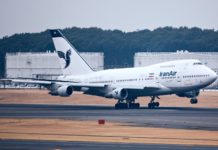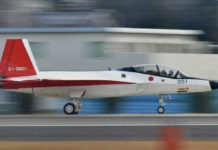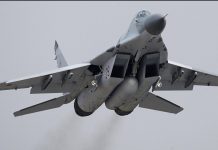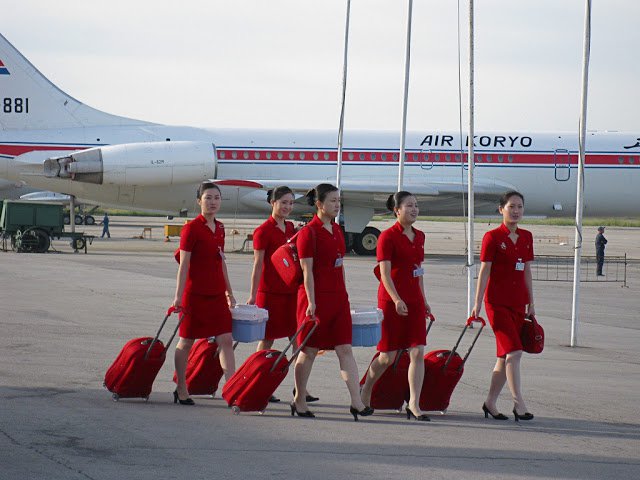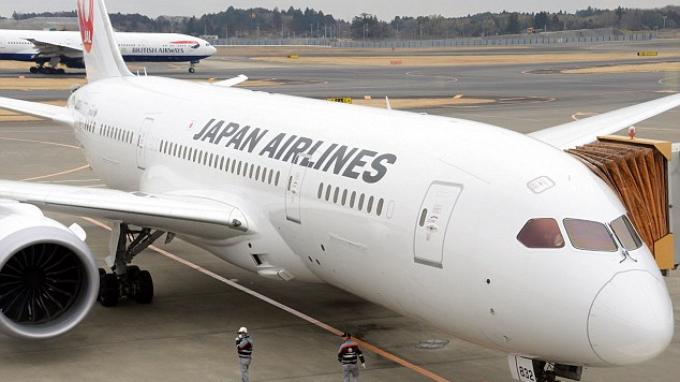Qantas getting ready to launch free super wifi in about 100 flights on domestic aircraft. Wifi will be 10 times faster than conventional on-board wi-fi.
Its meaning you can not only stream movies, TV shows, the latest news bulletins and live sports on domestic flights via the internet, but the Qantas Flight Operations and Engineering teams are looking at how they can use inflight connectivity to help with turbulence, maintenance, medical emergencies and connections.
In-flight trials are expected to begin with a single Qantas Boeing 737 aircraft in late 2016, retrofitted with equipment to enable high-speed Wi-Fi. A full roll-out across Qantas Domestic’s fleet of A330s and B737s is planned from early 2017, with the aircraft to be fitted with modems and the advanced antenna that receives the satellite signal.
At the moment, pilots download the latest weather maps on their iPads just before takeoff. They also have on-board radar to help them track storms as well as getting any major updates via radio. Having internet in the cockpit takes this to the next level. Pilots would be able to stream richer information on real-time weather conditions expected along the flight path — using this to dodge areas of turbulence and make better use of tailwinds to reduce flying time.
Then there’s maintenance. Modern aircraft generate huge amounts of data. A single hour of flying can create several gigabytes of information from hundreds of sensors, particularly from the engines. Pilots are alerted to anything important, but a lot of other data can’t really be accessed until the aircraft is on the ground.
By streaming this information back to base via the internet, Qantas says, engineers can closely monitor the technical performance of the aircraft in real-time and be ready if something needs attention. If they detect a replacement part is needed (like, a new fuel filter) the idea is that they’ll get a head start on making sure it’s available when the aircraft lands.
Medical assistance gets a look in, too. From time to time, passengers fall ill on a flight. Qantas says its crew are trained in first aid and also often gains the assistance of passengers who are medical professionals. But sometimes it’s hard to tell how serious a condition is, so erring on the side of caution means landing.
These medical diversions, which average two or three a month across Qantas, can cause often unnecessary disruption, since it often turns out that the aircraft could have kept flying with no negative effect on the sick passenger (who also wants to get to their destination, particularly if it’s home).
Qantas recently trialed one device which scans a patient’s heart condition if they are experiencing chest pains. The heart data is sent by Wi-Fi to a medical officer on the ground, providing a better diagnosis of the passenger which then informs whether the aircraft needs to be diverted to another airport or if the passenger is stable enough to be treated when landing at the original destination.
The convenience of being able to update your itinerary in-flight is also another possibity. When flights are delayed, it causes problems for passengers who have an onward connection. Qantas has a team inside its Integrated Operations Centre that looks after rebooking passengers when this happens, but you often can’t get this information until you land. With on-board Wi-Fi, Qantas is looking at sending passengers an updated itinerary in-flight so that you can have more certainty, and make any other arrangements ahead of time.
Qantas says it will be “engaging with relevant regulators” on the certification and approval for the new service.
Source: gizmodo


